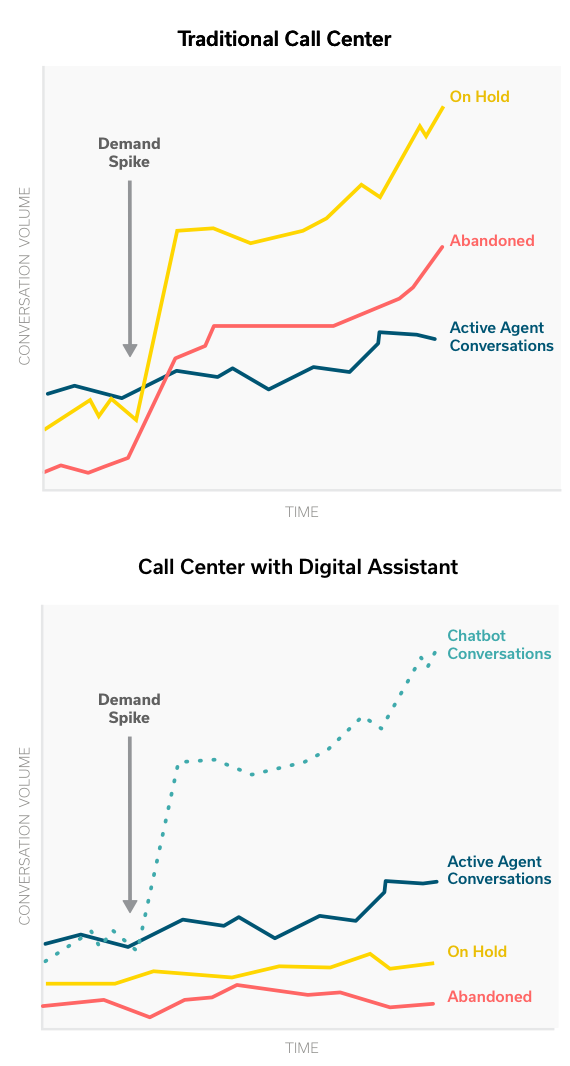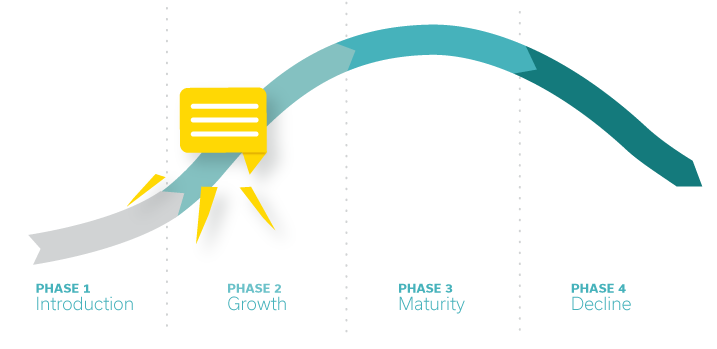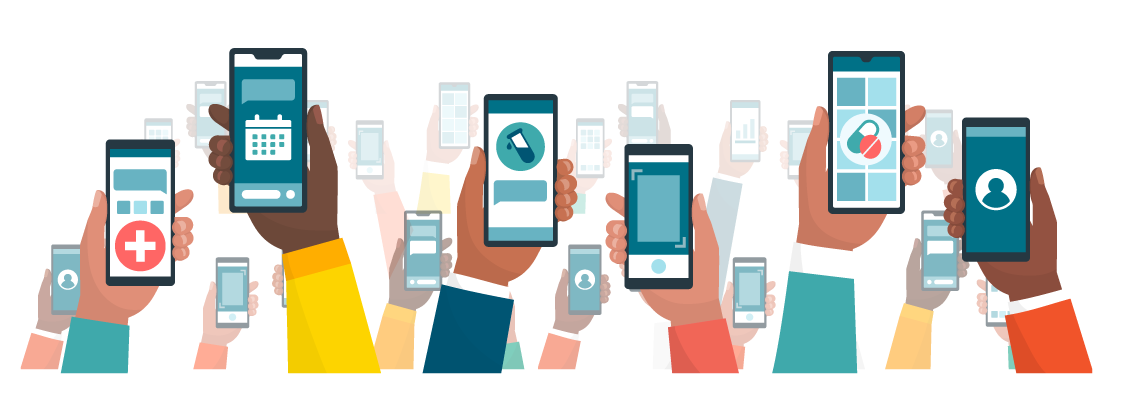As I write this, COVID-19 is spreading rapidly around the world. The response to slow the spread of the virus has been significant and intense: countries are shutting down public gatherings, shelter in place orders have been issued, sporting seasons have been suspended, and the Olympics have just been postponed. The world has come to a complete stop.
The big question is what lies ahead. If infection rates continue on their current trajectory, will the US healthcare system be able to handle it?
Recently, UNMC, a leading epidemiology center, estimated that 96 million people could be infected with the virus in the United States resulting in 480,000 deaths in America. UNMC also estimates there could be 4.8 million hospital admissions in the U.S. with 1.9 million people being sent to the Intensive Care Unit.
If we get remotely close to some of the projections, hospitals would face a significant challenge. The US currently has about 45,000 ICU beds and about 160,000 ventilators. If the UNMC projections are even 10% accurate, that would require capacity for 480,000 hospital admissions, with 190,000 of those requiring treatment in an ICU.
This is the primary reason we have been asked to stay home and practice social distancing. If the infection rate curve can be flattened, the industry has a fighting chance to handle the looming demand spike.
At the same time, the industry must prepare for this massive spike in care demand, and technology will play a key role. Innovations that help providers interact with patients have matured greatly in the past several years. COVID-19 may be the event where these modern, simple, mobile tools finally show what they are capable of.
Adding Digital Scale to Human Teams
Recently, I received a Coronavirus update email from my provider — a mid-sized regional health system in California. After assurances that they are working hard to keep everyone safe, the alert notice described changes for those making appointments or seeking urgent care.
-
All patients will be screened via phone before scheduling any appointments
-
Online scheduling has been temporarily disabled
-
They are not taking walk-ins at offices or urgent care centers
-
ED patients will be pre-screened outside the waiting area to protect others
The note goes on to say that “phone wait times will be longer” because of these changes. Ya think? I’d estimate this healthcare system covers about 500,000 people. If just 10% of that patient population feel they have COVID-19 symptoms, that’s 50,000 inbound calls or visits that must be screened by somebody. Most providers are seeing a 5x minimum spike in demand. There are simply not enough human hours to handle that level of inbound volume.
Digital screening and intake technology delivered through websites, patient portals, or mobile apps is an option. However, based on several years of historical data, adoption rates on those solutions have been extremely low, like in the 10% range. In a situation like this, you could expect to see more intense patient adoption, but is it really possible to triple, or quadruple, or even quintuple those rates? Engagement levels of 60-70% are needed to make a dent.
Many industry influencers also have proclaimed that COVID-19 represents the golden age opportunity for telehealth. The ability for clinical teams to remotely interview patients does add some scale to the process, but it still falls well short of what’s needed because each video consultation requires a human to participate in real time on the provider side of the camera.
Telehealth was deployed in the early stages of the outbreak. Unfortunately, the massive demand created an incredible strain on the telehealth back end servers, which resulted in a number of significant technical problems. Telehealth has a role, but it was never designed to be a high scale solution, able to handle pandemic-level volumes.
The Healthcare Digital Assistant
Conversational chatbots have shown to deliver high patient engagement and satisfaction. They also have unlimited conversational volume capacity which could signal the end of listening to bad music while “on hold” waiting to talk to an agent. Conversations are conducted based on optimized interaction flows that are designed to engage and drive outcomes. These can serve as front line shock absorbers, that direct patients down care paths based on their risk profile.
FIGURE 1
Managing the Spike with Digital Assistants
During times of massive volume, additional conversational capacity through digital assistants keeps hold times and abandonment rates in check.

There have been a few recent, documented cases where chatbots outperform other patient engagement workflows in significant ways. There’s potential to apply proven, related capabilities to COVID19 patients.
Recently, Jefferson Health announced their appointment scheduling chatbot assistant outperformed online forms by 150%. And, late last year, Banner Health described how medicare patients embraced a chatbot to prepare for their annual wellness visit and achieved a number of significant benefits.
The amount of chatbot news and success stories coming out as part of the Coronavirus crisis is, in ways, validating the market for conversational technology as a must-have channel for care providers.
Social Distancing Is More Important Than Ever
The strains to the healthcare systems around the world are headline news. In Italy, there’s a massive shortage of beds, ventilators, masks, and medicines. But worse, there’s a shortage of doctors and nurses. If care teams get exposed, they must quarantine for 14 days.
So remote engagement, where possible, is a critical element of COVID-19 treatment initiatives. Conversational technology is very good at this. Symptoms, travel history, insurance information, and demographic information can be easily collected by digital agents without any risk of exposure to human staff.
Technology can process the information and provide patients with risk assessments, which can then flow into different workflow queues — all tasks human teams don’t need to spend precious hours on.
Right now, time might be the most valuable commodity in healthcare. Days, hours, and minutes pass by in a linear fashion which do not align with the exponential demand curves we see every day on the news. Fortunately there’s a digital army of conversational horsepower that is ready to carry the load.








